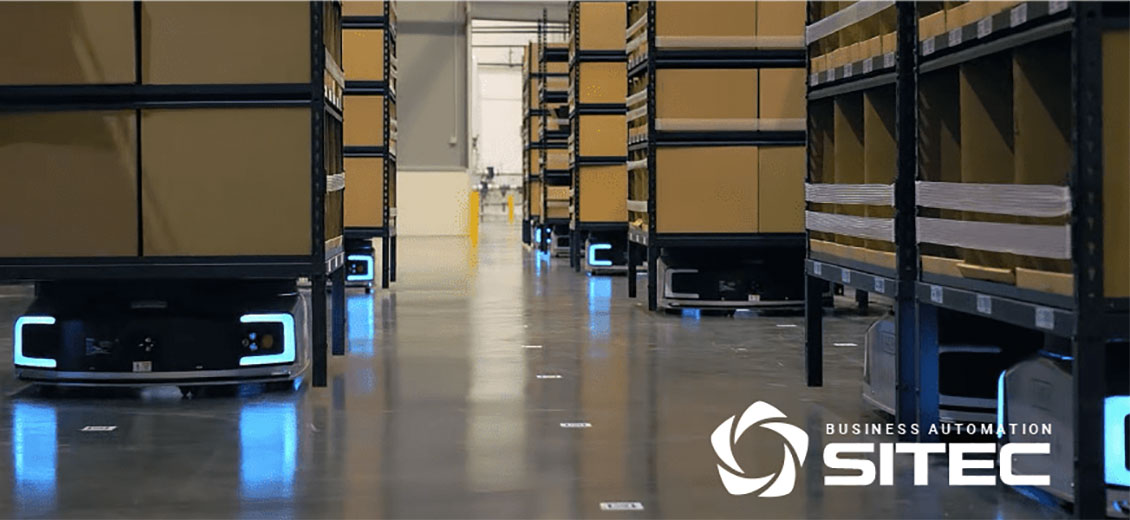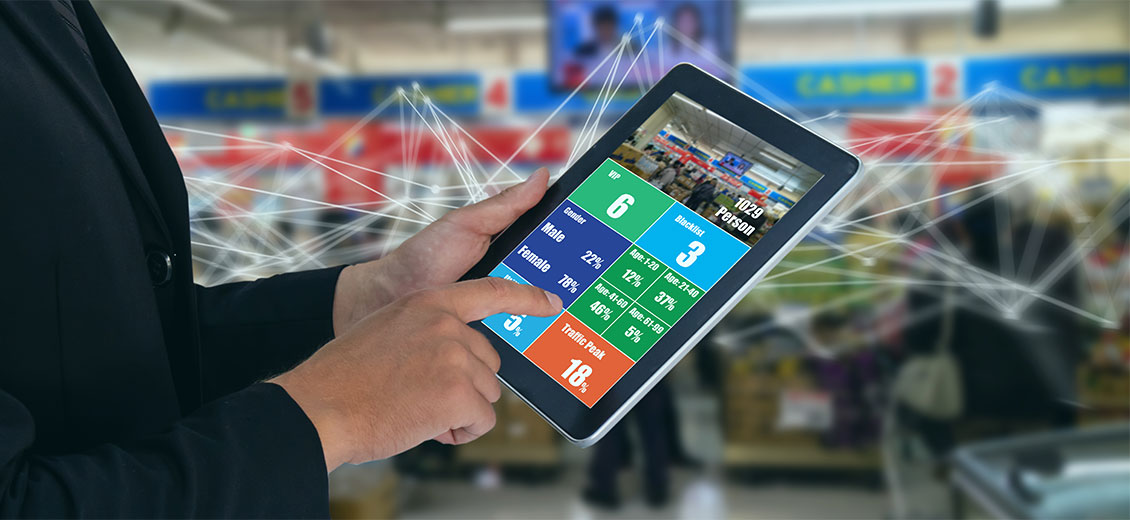INFOMATION TECHNOLOGY IN RETAIL

This article will delve into the emerging trends in retail, with a particular focus on AI. How it is poised to lead the way in improving business
Read More

“Before the automation introduction, the process was complicated by the fact that the address system was stationary, not dynamic. We could not automate serial and batch accounting of products. It was not possible to automate the warehouse replenishment processes, both planned and on order. The accounting system did not reflect all goods movements,” says Alexander Permyakov, head of the warehouse complex.

Denis Levchenko, Director of Digital Transformation and Mobile Technologies, Rolf Group, spoke about how to stimulate the market in the context of declining sales. What marketing research, customer and employee surveys were conducted, and independent observations of interaction with the car dealership were compiled.

X5 Group and Sber have launched a new “smile” payment service. In 2023, this could already be done at 15,000 self-service checkouts in 4,100 Pyaterochka and Perekrestok stores.
A similar payment service is also used by the Moscow metro, and if these services show their demand among consumers, the technology can be used in many sectors of the economy. In fact, payment using biometric data takes a few seconds, which is comparable to regular payment with a bank card or phone, but for this you do not need to keep any of the above on hand.




